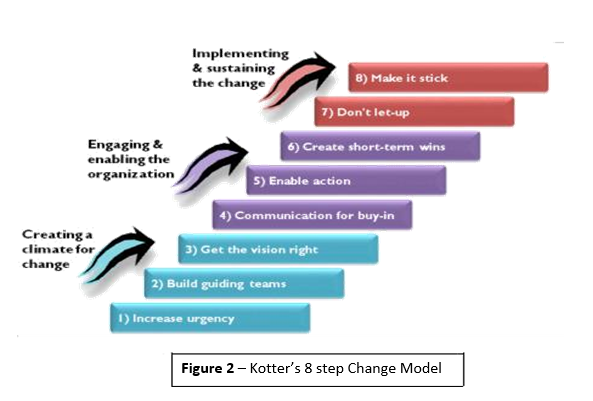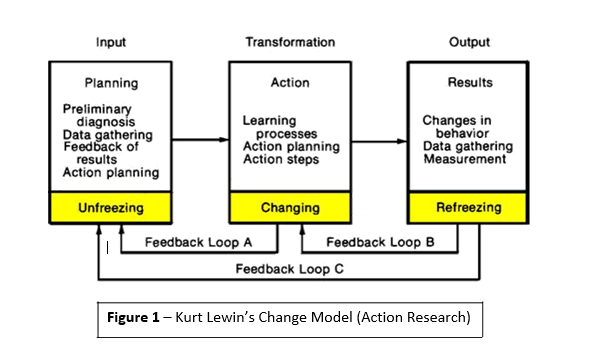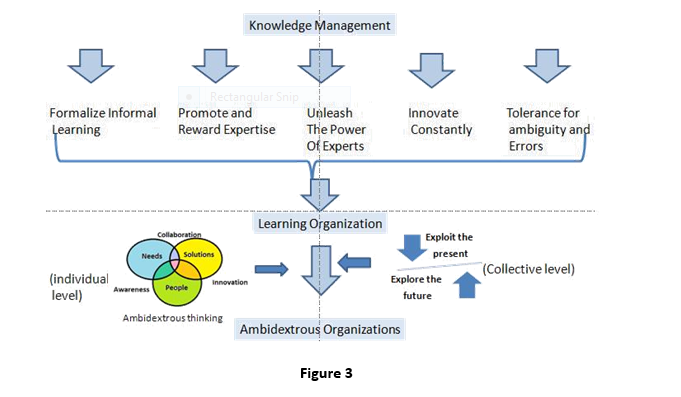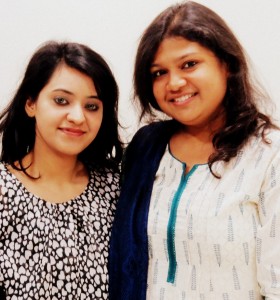Albert Einstein once said, “The only reason for time is so that everything doesn't happen at once”. It is then perhaps evident that events constantly happen over time and things constantly evolve and thus change. When change is so imminent and certainly constant should it be managed by conscious interventions? Perhaps there is an alternate approach and that lies in making ‘Change’ a way of life! If Organizations are dynamic enough ‘Managing change’ will happen more from the ‘sub-conscious level’ of the organization. For this to take place it is essential that constant evolution forms the very nerve of Organization, deep rooted at the ‘Tacit Assumptions’ (As Edgar Schein defines it) level of Organization culture.
Organization Development or OD is a tool that organizations deploy to create or recreate processes and systems. In that view OD can also be called the instrument of ‘Change Management’. However recent studies especially by contemporary OD Practitioners like Rolland Sullivan, reveal that the very concept of OD needs to be redefined. Conventional OD approaches to change management are underpinned by conventional theories like the Kurt Lewin’s change model and Kotter’s 8 Step change model. Kurt Lewin’s change model characterizes a three stage change process of Unfreeze, Change and Refreeze (Fig 1). The Group or individual first becomes aware of the change, then the situation is diagnosed and new models of behavior are explored and tested which finally leads to application of the new behavior being evaluated, and if reinforced, adopted.
The Kotter’s eight step change model (Fig 2) causes change to become a campaign. Employees believe in the change after leaders convince them of the urgent need for the change to occur. The focus is primarily on preparing and accepting the change, rather than the actual change itself.
 A microscopic analysis of these theories reveal that these are reactionary approaches to change management and might not generate a sustainable solution. They essentially explain change transition mechanisms that must take place once a stimulus has been received. Also such interventions often do not take into account the emotional stress or the inhibitions that people suffer from during the Unfreezing phase. Since trust, proper feedback and awareness of the environment are important components for proper implementation of OD interventions, hence we can conveniently say that time has arrived when we need to redefine Organizational Development to more perhaps a notch higher than what we can call a proactive approach.
A microscopic analysis of these theories reveal that these are reactionary approaches to change management and might not generate a sustainable solution. They essentially explain change transition mechanisms that must take place once a stimulus has been received. Also such interventions often do not take into account the emotional stress or the inhibitions that people suffer from during the Unfreezing phase. Since trust, proper feedback and awareness of the environment are important components for proper implementation of OD interventions, hence we can conveniently say that time has arrived when we need to redefine Organizational Development to more perhaps a notch higher than what we can call a proactive approach.
A redefined approach to Change Management directed OD does not imply additions of further complicated interventions but a rather simplified approach that is closer to the Fundamental premise of OD that is based upon the following five principles:
1.The basic building blocks of an organization are groups (teams). Therefore, the basic units of change are also groups, not individuals.
2. The most essential goal for change is the reduction of inappropriate competition between parts of the organization and the development of a more collaborative environment.
3.Decision making in a healthy organization should be located where the information sources are, rather than in a particular role or level of hierarchy. Solutions therefore should be made at levels closest to the problem, since they know the problem best
4. An important goal of a healthy organization is to develop open communication, mutual trust, and confidence between and across levels.
5.People support what they help create. In order to create systems to empower people the efforts should be routed through people themselves.
A closer look at these interventions would reveal that they formalize informal learning. A Forbes Study indicated that such organizations outperform those with conventional Learning and Development systems by a ratio 3:1.
To further reinforce these practices and imbibe them in the very culture of Organizations, contribution to these forums may be linked to Performance Management Systems or they may be associated with heavy incentives. Also Experts must be glorified and acclaimed .TCS for instance incentivizes publishing research papers, getting patents and sharing that knowledge through certain pre-existing processes and procedures. While at a micro level these intervention will lead to employee empowerment through the route of learning; at a macro level they pave the way for what the Roman God Janus did with his two sets of eyes—he had one pair focusing on what lay behind and the other on what lay ahead.
This mental balancing act of exploiting the present while exploring the future by striving at break through innovations can be one of the toughest of all managerial challenges. To flourish over the long run, companies must maintain a variety of innovation efforts. While they must constantly pursue incremental innovations, in their existing products and processes that let them operate at higher efficiencies and deliver an ever rising value to their customers; companies must also come up with discontinuous innovations or disruptive innovations that further give them a sustained competitive advantage. Google and the erstwhile Ciba-Geigy (now Novartis) are examples of such organizations that have sustained their market leadership owing to a learning centric, knowledge based cultural orientation. Google’s 70-20-10 rule is perhaps a manifestation of its learning centric and constantly innovating culture.
The argument is essentially to move towards an organization that not only anticipates imminent change and empowers its people to combat the change but rises a notch higher by itself causing the change to occur. These interventions are highly aligned or to be more precise may be called an extension of what Peter Senge’ defined as the Learning Organization and what the Harvard Researchers define as Ambidextrous Organizations (Fig 3).
Therefore we must strive to build the kind of Organizations where Change is viewed through the lens of relentless process innovation. Where then is the need to ‘Manage’ Change; instead we move to ‘Un’ Managing and certainly ‘Living’ the Change
The above article is a winning article compiled by Sayantika Majumdar and Sumeha Kaushal, (PGDHRM Batch 2013-2015) for "Outlook" (Article writing competition organized by HiRe, i.e. the HR Club of IIM Ranchi)



